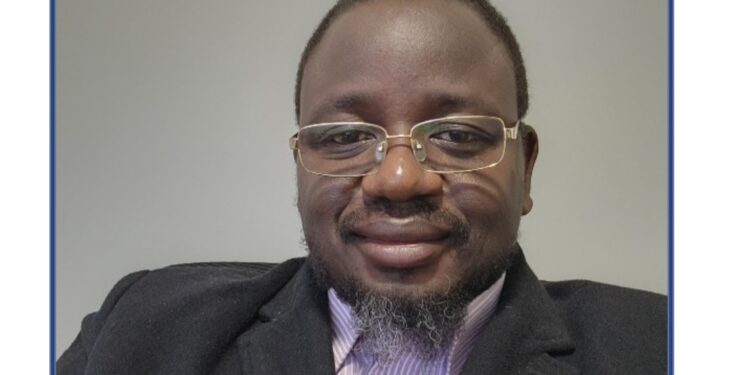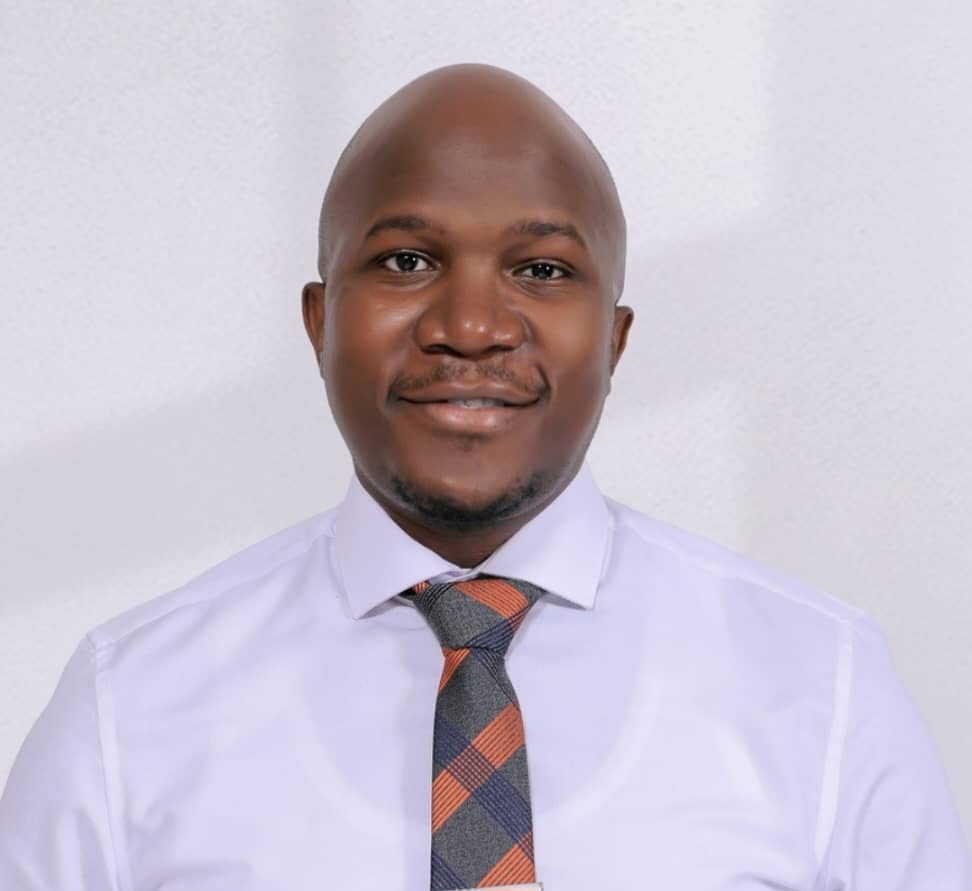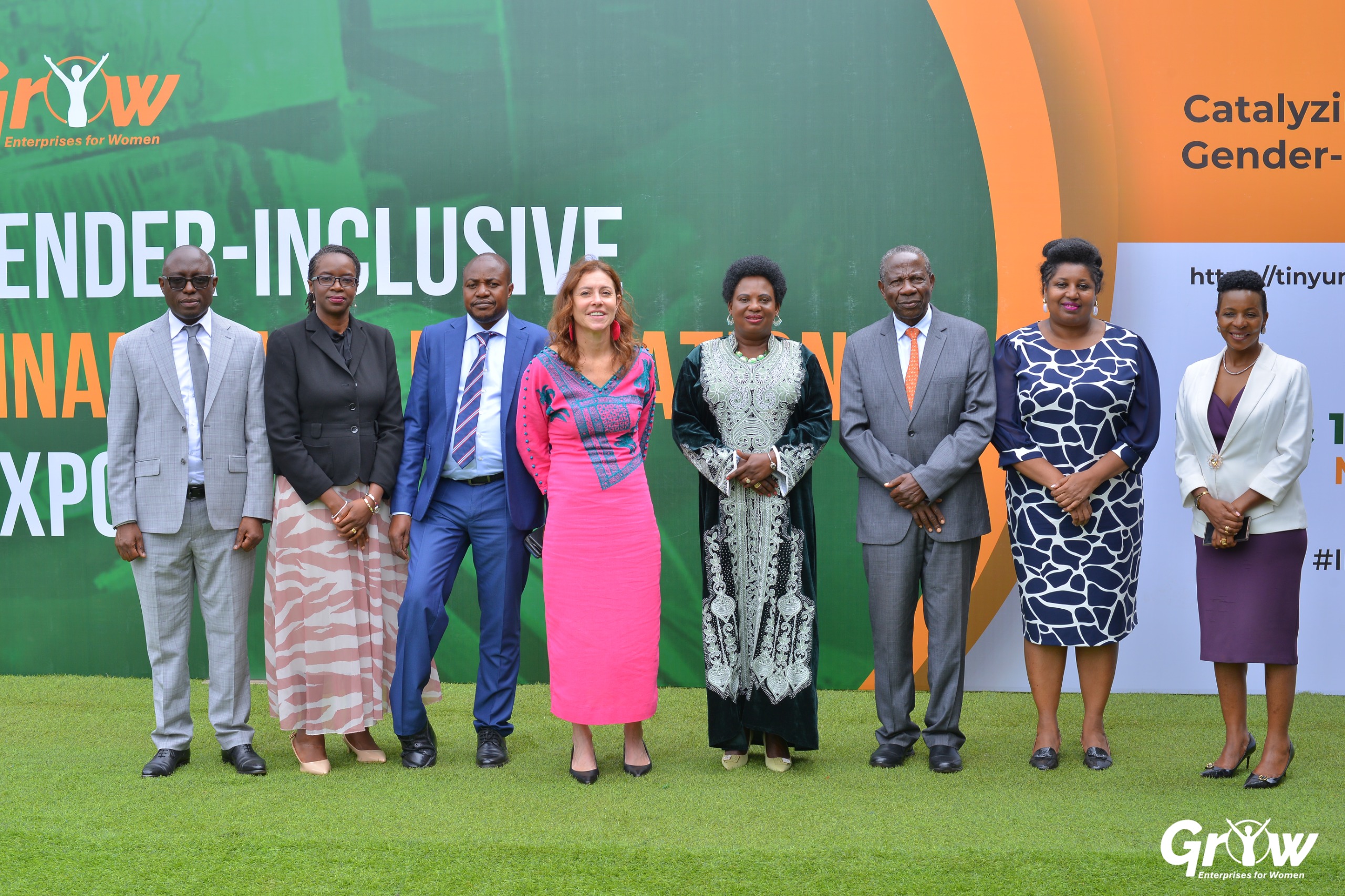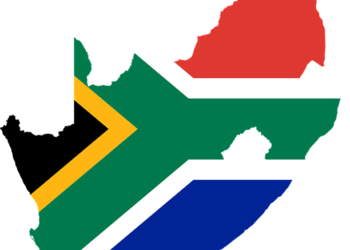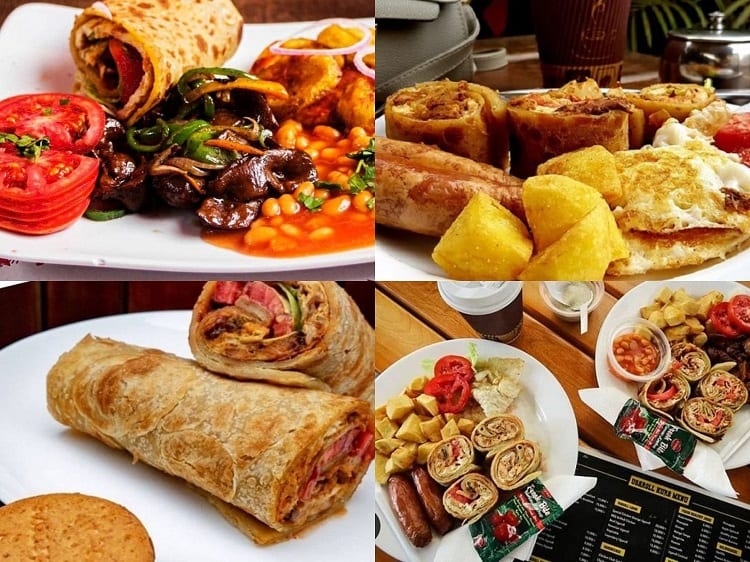When President Yoweri Museveni recently endorsed a new framework for cattle compensation in Teso, he described it as “realistic, inclusive, and transformative.” The plan, which promises to deliver five cows, or their cash equivalent, to each affected household, is a commendable step towards justice for the Iteso people, who lost their herds during decades of insurgency and cattle rustling.
However, as history reminds us, good intentions alone do not deliver transformation. Uganda has had no shortage of well-meant poverty reduction programs, from Entandikwa to NAADS, Youth Livelihoods to Emyoga, yet their legacies are often defined not by empowerment, but by corruption, elite capture, and administrative inefficiency. Unless the government learns from these failures, the Teso restocking initiative risks becoming yet another policy footnote: a promise unfulfilled, a program undone by the very corruption it seeks to correct.
The time has come to build systems, not personalities and the establishment of a Cattle Restocking and Livelihoods Authority (CRLA), could be the institutional innovation that makes the difference.
Why the CRLA is necessary
The story of poverty reduction in Uganda has long been a tale of repetition. Each new government initiative arrives with a new name, new logo, and new fanfare, yet often repeats the same cycle of leakage, politicisation, and weak oversight. The fundamental problem has been the absence of institutional continuity and professional accountability.
The proposed Cattle Restocking and Livelihoods Authority (CRLA) would change this. Rather than operating through temporary committees or politically-appointed task forces, the CRLA would provide a permanent, professional, and technocratic home for the design, implementation, and monitoring of livestock-based livelihood programs.
Staffed by experts in rural development, livestock management, social work, and poverty reduction, the Authority would ensure that every cow given, every shilling spent, and every beneficiary registered is verifiable and traceable. Its mission would not merely be to distribute cattle, but to build systems of livelihood resilience for Teso and other affected sub-regions (Lango, Acholi, Luwero et al).
The case for institutional integrity
For decades, Uganda’s poverty reduction programs have been undermined by what the President has called “parasites”; corrupt middlemen, political brokers, and ghost beneficiaries. Accountability must therefore be the cornerstone of this new restocking program.
The CRLA should be equipped with a digital management system that registers all beneficiaries using National Identification Numbers, tags each animal with traceable microchips, and publishes transactions on an open-access dashboard. Citizens must be able to see, in real time, who received what, when, and where.
Such transparency is not cosmetic; it is the only credible vaccine against corruption. When sunlight floods the system, the parasites disappear. And when accountability becomes routine, not reactionary, public trust in government interventions can begin to recover.
Beyond cows: building livelihood systems
Five cows per household is a good start, however, cows alone do not transform livelihoods. Restocking must go hand-in-hand with investments in veterinary services, water for livestock, improved breeds, and access to markets. Without these, the cows may die, be sold off cheaply, or become sources of family conflict.
Restocking should therefore be understood not as compensation, but as a catalyst for rural transformation. When linked to cooperatives, microcredit schemes, and agro-processing centres, livestock can become the foundation of rural enterprise.
Moreover, integrating cattle with crop farming, climate-smart agriculture, and small-scale businesses will enable households to diversify income and reduce vulnerability to shocks. Livestock are most valuable when they become part of a wider ecosystem of productivity, not isolated handouts.
Gender and inclusion: empowering the real caretakers
A transformative restocking program must also confront the gender and equity blind spots that have weakened past initiatives. Women and youth are the backbone of Uganda’s rural economy; they care for livestock, manage small farms, and sustain household welfare. Yet they are often excluded from resource distribution.
The CRLA should therefore ensure that women’s cooperatives, youth associations, and widows’ groups are recognised as direct beneficiaries, not afterthoughts. Gender equity must be built into the system — because empowering women is not just fair, it is smart economics. Evidence shows that when women control productive assets, household welfare, nutrition, and education outcomes improve dramatically.
Partnerships for accountability and learning
To succeed, the CRLA must operate in collaboration with local governments, universities, civil society organisations, and farmer associations. Local universities can lead research on livestock performance and climate resilience; civil society can monitor implementation; and farmers’ groups can provide feedback from the ground.
This multi-stakeholder approach will ensure that the Authority remains responsive, adaptive, and rooted in community realities rather than political expediency. In the long term, the CRLA could serve as a model for broader livelihood restoration across other post-conflict regions in Uganda, and great lakes region.
From Patronage to Transformation
Uganda’s poverty reduction story will not change until we move from patronage politics to institutional professionalism. The President’s vision of socioeconomic transformation can only be realised if programs like the cattle restocking initiative are insulated from political interference and driven by evidence, not emotion or political cmpaigns.
A Cattle Restocking and Livelihoods Authority (CRLA) would represent more than a bureaucratic reform, it would be a moral shift. It would say, finally, that government is serious about systems that outlive personalities, about transparency that outshines secrecy, and about livelihoods that replace dependency with dignity.
Conclusion: Turning justice into transformation
The people of Teso have waited decades for justice. They have endured loss, conflict, and repeated cycles of broken promises. The cattle restocking program presents an opportunity to right those wrongs, but only if it breaks from the patterns of the past.
Creating the Cattle Restocking and Livelihoods Authority (CRLA) would be a bold step toward that future, an institutional framework, committed to fairness, transparency, and transformation. It would mean that compensation is not just an act of restitution, but the beginning of a new era of resilience and shared prosperity.
Uganda has enough vision; what it needs now are institutions that can turn vision into reality.
About the Author:
Dr. Samuel B. Ariong (PhD) is a lecturer, researcher, and development policy scholar based in Australia. He is also a Model Farmer in rural Eastern Uganda. Constructive feedback can be emailed to; ariongsb@gmail.com
Do you have a story in your community or an opinion to share with us: Email us at editorial@watchdoguganda.com

